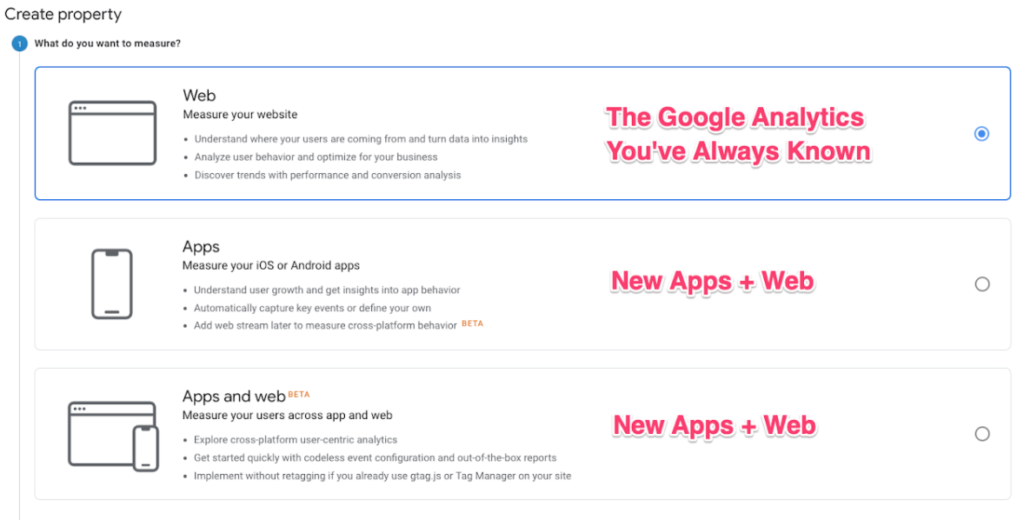Featuring
Charles Farina

Charles Farina
Subscribe to our monthly newsletter to get the latest updates in your inbox
 2. What’s new and exciting about App + Web? New cross-platform reports, real-time reports and user streams, automatic measurement, new audience builder and so much more! Read Charles’s blog for a complete overview of the new features in App + Web . 3. You should consider implementing Google Tag Manager. If you’re looking to speed up your load times, consolidate your tags, or simplify your tag management workflows, you should consider implementing Google Tag Manager.
2. What’s new and exciting about App + Web? New cross-platform reports, real-time reports and user streams, automatic measurement, new audience builder and so much more! Read Charles’s blog for a complete overview of the new features in App + Web . 3. You should consider implementing Google Tag Manager. If you’re looking to speed up your load times, consolidate your tags, or simplify your tag management workflows, you should consider implementing Google Tag Manager.
Registration for this webinar is now closed. Check back soon for on-demand access.
Find a time to talk media, measurement or both!
Our media geniuses, analytics savants and industry-leading data scientists have deep expertise and a passion for helping our clients use it effectively. And they'd love to help you achieve your marketing goals.
